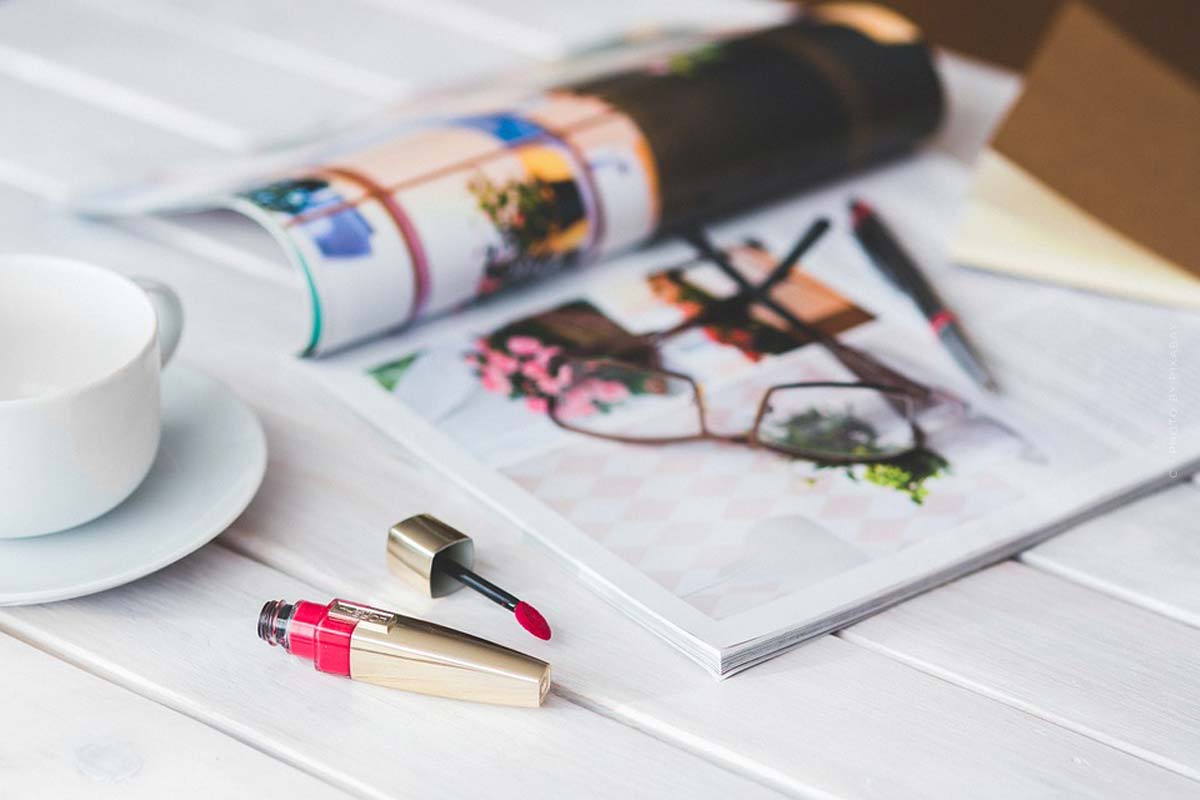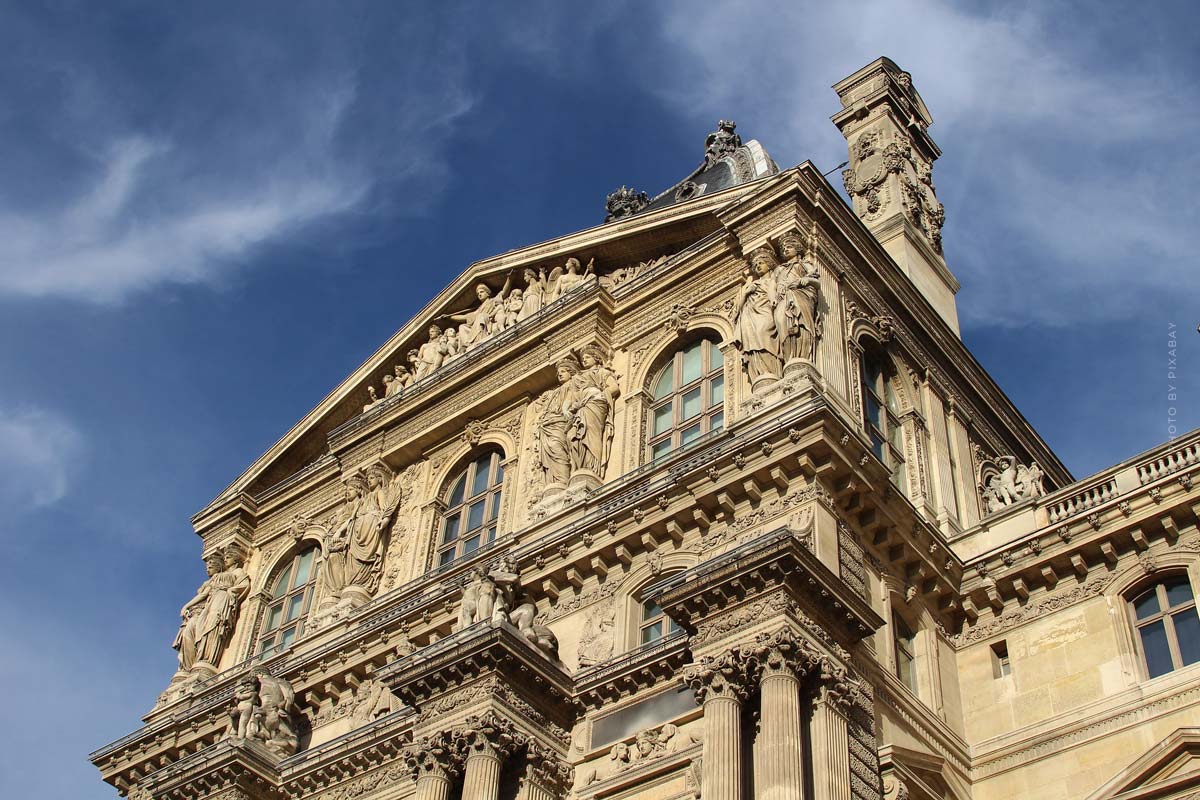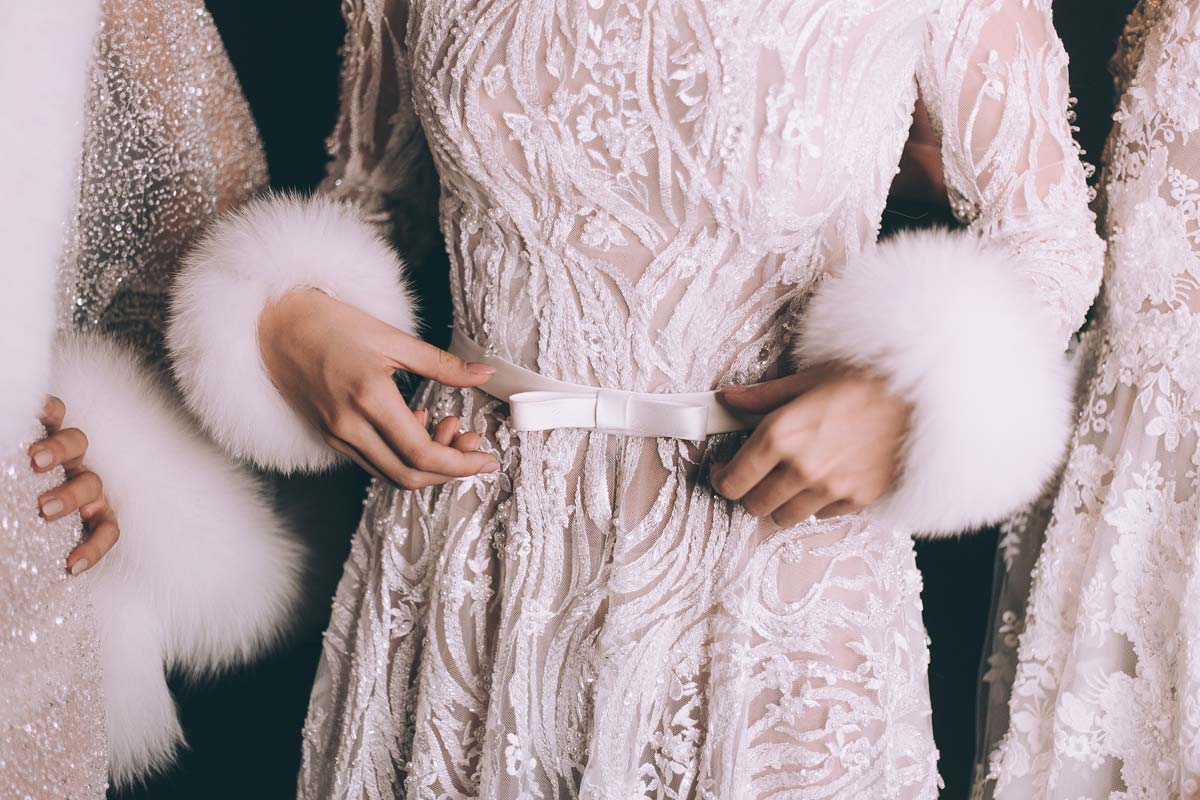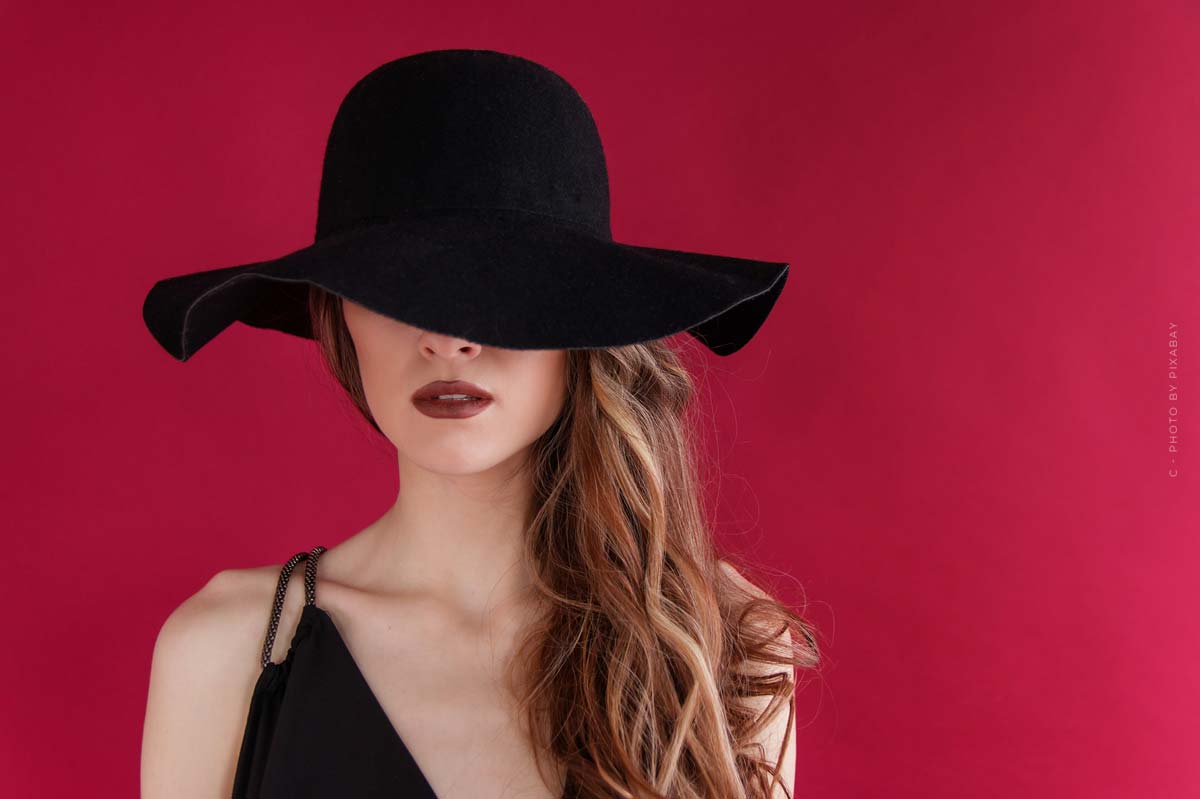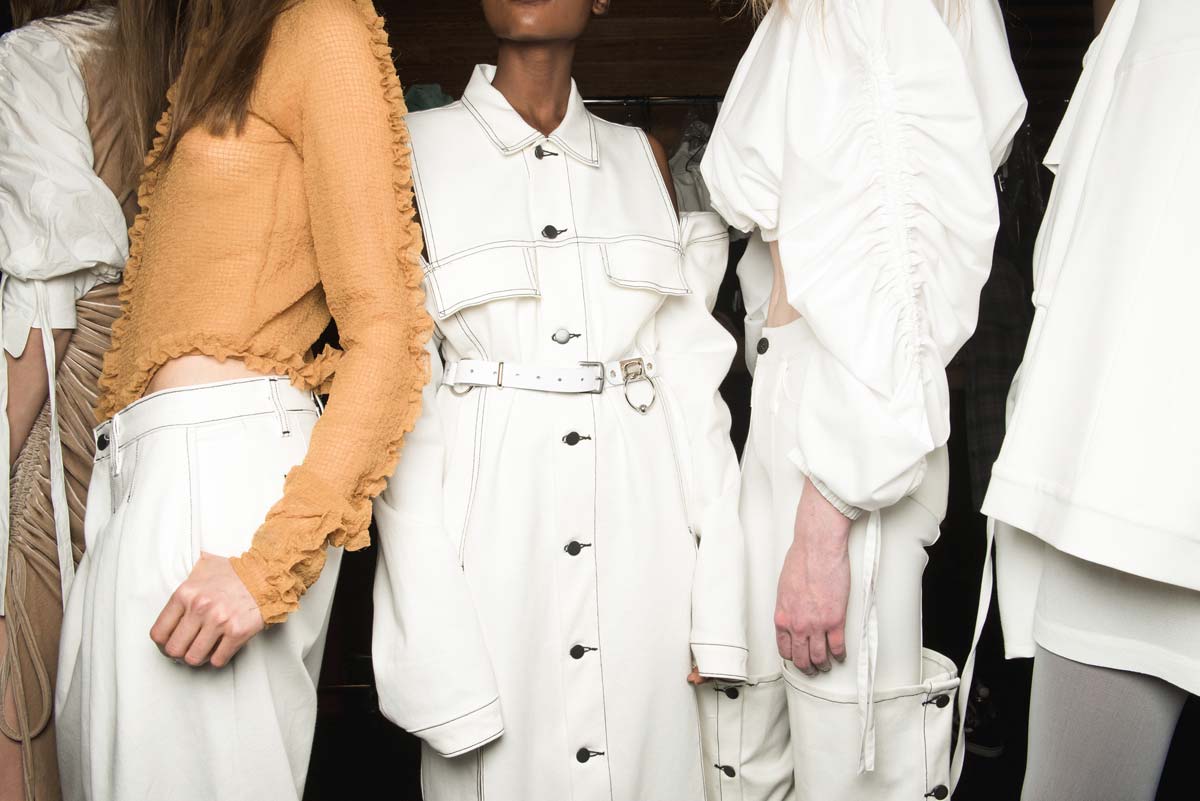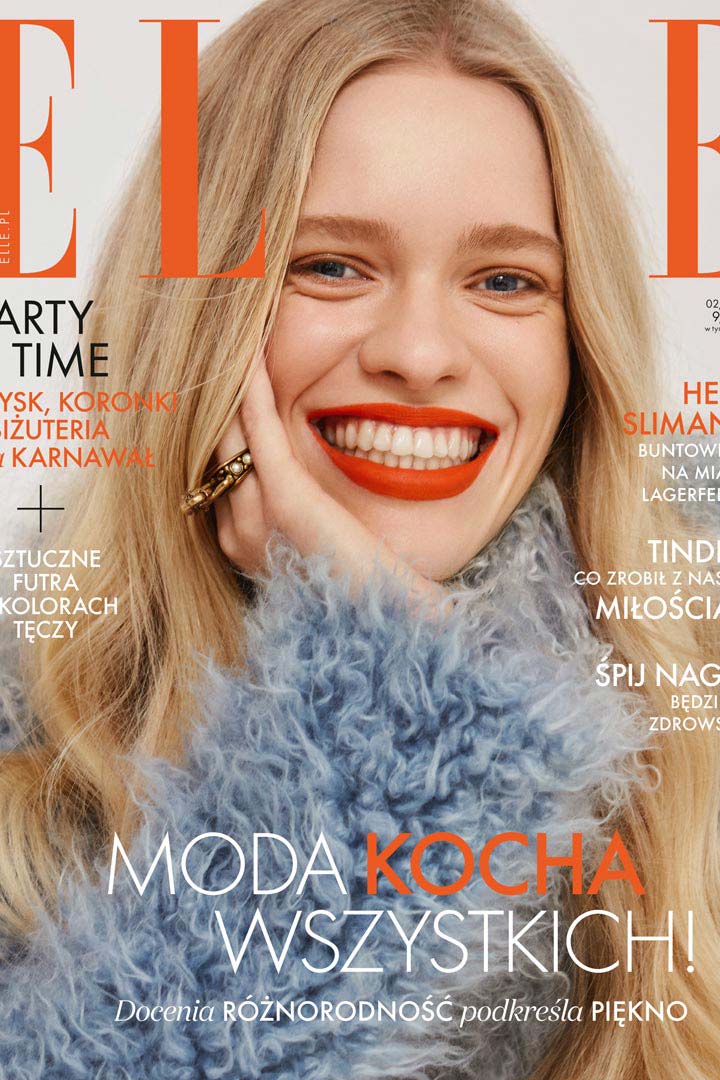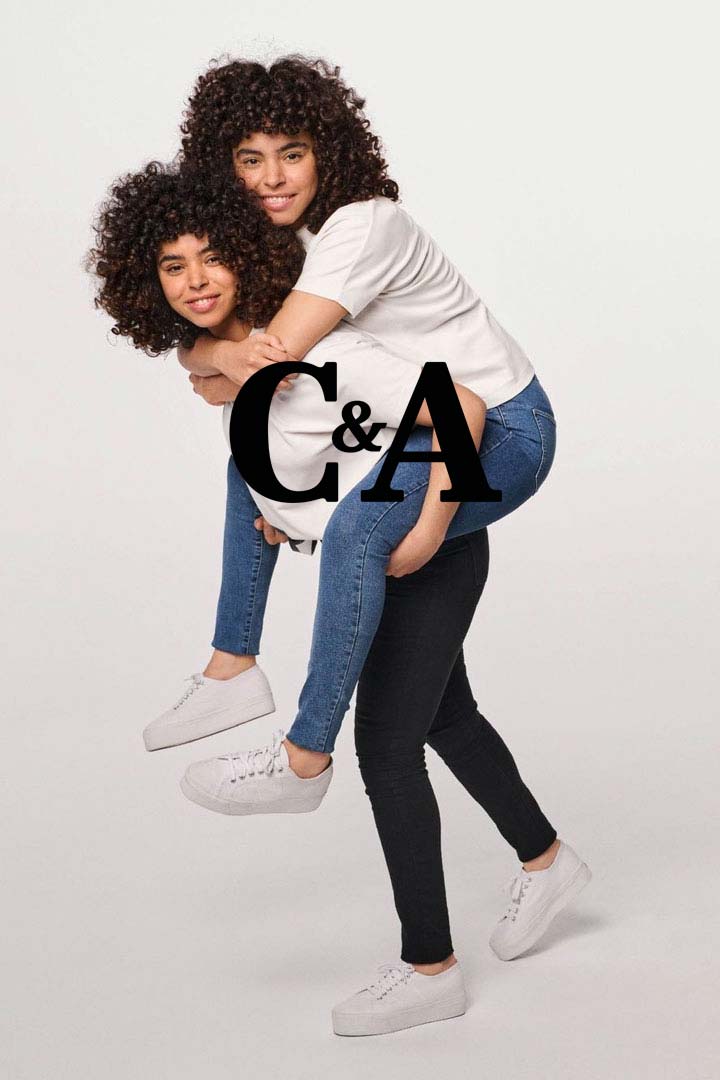Fashion magazines: History of the biggest magazines – Vogue, ELLE & Co.
Fashion Magazines – Red carpet, supermodels and top designers, who keeps it all? Welcome to the world of fashion magazines! In them you can find everything about fashion and the corresponding trends. Meanwhile, the magazines even trigger entire trends. Accompanied by stunning photos, breathtaking videos and most now have channels on social networks. You may have heard of Vogue, Harper’s Bazaar and Elle, but here you can learn all about how they became the biggest names in fashion.
Fashion magazines: Storyteller story
To make the fashion magazines more understandable, you will find here once the history of these summarized. For this we start at the very beginning of the history of printing.
The change in society and the replacement of the Middle Ages since the 15th century have triggered various developments. These also led to the emergence and rise of fashion magazines.
This began with the printing press, which provided a better opportunity for more printed information. The self-expression of the 17th and 18th centuries led to self-expression through fashion and the illustrated reporting of it. Since the dark days of industrialization, fashion magazines have been used as an escape from reality. This also provided a better way to make the magazines accessible to as many people as possible.
Since then, the fashion magazine industry has continued to grow. You can find an overview of three of the best-known fashion magazines here. Vogue, Elle & Co are still successfully fighting their way through the jungle of the internet media landscape.
- Vogue – Vogue magazine offers revolutionary covers that you may already know.
- ELLE – Important elements of the fashion magazine ELLE are fashion, beauty, lifestyle and above all women’s self-determination.
- Harper’s Bazaar – Harper’s Bazaar magazine is also considered the “mother of fashion magazines” as it has been very successful for a long time.
Invention of printing: possibility for magazines
In the middle of the 15th century the printing press with movable letter cones was systematized. The pure technique was already known before. It had already been used in a similar way in parts of Asia, but Johannes Gutenberg adapted it for commercial use.
Capitalism and worldview: new possibilities
During this time the first features of today’s capitalist system appeared. The crafts, for example shoemakers, tailors and carpenters, gained importance. They were able to perfect their techniques and production. Thus craftsmen were able to produce more than needed and for the first time to earn their own small profits. These profits enabled them to buy more than just commodities. That is to say: instead of buying a new pair of shoes, because the old one was broken, you could buy two, if you had the money.
In the process, currency systems and trade in Central Europe were consolidated. Paper became cheaper and less expensive to produce. This made it easier to use as a consumer good.
Socially, too, people slowly broke away from the basic communal idea of the Middle Ages. After the pure focus on God and the survival of the community, people and their actions were now brought into focus. In addition to the upper class of the nobility, which resulted from family circumstances, a financial middle class was formed. It consisted mainly of merchants who traded in goods. Of course, today’s society did not emerge directly, but the first foundations were laid.
- New production methods = more profit
- More profit = more purchasing power
- So: it is bought more than needed
- Monetary systems & trade strengthened in Central Europe
- The printing press is also optimized
- Paper becomes cheaper & easier to produce
- Social: People are more in the foreground
Printed matter: From the town crier to the magazine
Via this social change, the distribution of printed matter became more and more common. The first town criers, who stood in the market places and announced the news, became printed notices. At some point these appeared as a saleable item that could be taken away and did not hang permanently in one place, like a notice.
Newspapers were usually mostly oriented to current events and the latest information. Magazines offered more in-depth articles. These were similar to today’s analyses. Another popular device was fictional conversations about current problems. This allowed people to discuss them without fear of censorship. The first magazines were as close to everyday life as possible and therefore political.
- Notices first announce news
- Newspapers replace them
- Advantage newspaper: you can take it with you
- First magazines: true to life & political
First trends: Social relevance of style
Socially, an upper class was now formed that had a sense of sociability. This sociability could be expressed among other things by certain clothing and lifestyle standards. On the one hand, this gave people something to talk about, but it also allowed them to measure themselves. Along the lines of, “Who has the nicer dress or is more educated on a particular subject?”
Simply put, the issue that we would roughly call a trend today was gaining importance.
First magazines: from essay to fashion illustration
Whereas before culture had been dominated by abstract texts, to take the Bible as a very drastic example, now real social life began to be of interest. So if you addressed this in your printed matter, you had a good source of money in front of you.
After the first publication of the “Gentleman Magazine” by Edward Cave in 1732, the term magazine became established. Since then, magazines were printed under this term. These were filled with essays and articles.
In the absolutism of the French 17th and 18th centuries, fashion in general gained in importance. It was mainly about the exaggerated self-expression of the still ruling nobility. People celebrated sprawling parties, built impressive castles, and flaunted themselves in the finest and most elaborate clothes. Showing off luxury in public was a particular theme. As magazines took their cue from current life, they began to offer illustrations of clothing.
These were then read not only by the upper class, but also by tailors. These used the current trends of the upper class to adapt their clothes to the aesthetic wishes of their customers.
- Current social life is interesting
- 1732: Term magazine arises
- 17th & 18th centuries: Fashion becomes important
- Self-presentation is based on clothing
- First fashion illustrations in magazines
- Tailors take advantage of the trends of the upper class
Mass press: Magazine popularity
For the next hundred years, fashion magazines gained prominence in England. During this time there was a lot of religious tension in the country. Religion, which had previously given many people security, partially broke away. Nobility lost more and more importance, because the former craftsmen now built up their first businesses and formed a middle class. This became the new upper class. Through the general technical and financial progress, more and more people had the opportunity to learn to read.
- Religion & nobility are less and less important
- Entrepreneurs become upper class
- More people can read
Industrialization: Between dirt and aesthetics
In the reality of the time, clothes had holes and the beginning of industrialization drew black clouds in the sky, but in the fashion magazine, the clothes were beautiful and the weather was good. Fashion was inspired by reality but depicted much more beautifully in the fashion magazine, so naturally reading the fashion magazine felt better. Therefore, some people escaped from reality into an embellished image of it, for example, fashion magazines.
The beginning of industrialization may have been gloomy for the general population, but it was a blessing for the spread of fashion magazines. Through the factory owners, the middle class formed and the old society of the aristocracy began to dissolve. The job markets grew, more people could afford fashion and magazines. On the other hand, the exploitation of not so fortunate people ensured that magazines could be produced cheaply. This was also thanks to immense technical progress.
- Industrialization: Reality is dirty and grey
- Fashion magazine: beautiful illustration of clothes
- So: fashion magazine serves as an escape from reality
- More wealth = more people can buy magazines
- More production = more magazines can be produced
New market: the role of women as accessories
In order to open up new markets, they also began to address the female audience. It became more important for highly respected men to equip their wives with fashionable clothes. This allowed them to better show off their wealth. This gave even more importance to the less praiseworthy role of the wife as an accessory to her husband. Nevertheless, the fashion magazines were mostly still run by men, because they decided what was attractive and chic for a woman. Fashion magazines still form part of the social image of women today.
For some women, the magazines were also an escape from reality, because not everyone was fully absorbed in the socially expected role of housewife and mother. And fashion and clothing, which were closely linked to typically female activities such as needlework, were still more acceptable. Physical pursuits such as sports, on the other hand, were difficult to accept and were men’s business. Therefore, this interest was socially promoted and became the new part of the market.
- Women served as accessories to their husbands
- They represented the family: had to be dressed nicely
- Reality escape from life as exclusively mother & housewife
- Women are the target group, but men write the magazines
Neuer Markt: From fashion magazine to department store
Industrialization and the easier availability of magazines even gave rise to fashion department stores. There, the very latest pieces from the magazines were available. So not only did the magazines promote the desire to buy, but they also put a focus on shopping as a social activity. This process turned clothing into a consumer good, as the pieces were now more easily available than directly from the tailor.
19th & 20th centuries: Fashion magazines become important
While industrialization was then in full swing, 1870 to 1880 saw the beginning of the growing popularity of fashion magazines. In the process, one of the largest fashion magazines to date was published in 1867. Harper’s Bazaar went to press in New York.
Then, from the early 20th century, fashion began to grow even larger as a general social issue. Accordingly, fashion magazines continued to flourish. Many moved their editorial offices to strongholds of social and fashionable life, such as Paris and New York. These were the trend cities, especially in the wild 1920s.
- 1870 to 1880: Fashion magazines begin to grow
- 1867: Harper’s Bazaar is published
- 20th century: Fashion became an even bigger issue
20th century until today: women in fashion
Consumption also changed again with the fact that from the middle to the end of the 20th century women got a different financial weighting. Legally, they became freer and freer and had their own income. So the market was now less directed at men, who had previously had the financial power. It was to be aimed specifically at women, so that they would spend their own money on the promised fashion sense and attention from the magazines. So the magazines promised less and less the social prestige of the man through the woman, but assured the woman her own.
With the interruptions of several wars and world economic crises, the developments just described intensified and fashion took on the important role in lifestyle that it has today.
- Mid to late 20th century: Women had their own income
- Fashion magazines are now bought by women themselves
- No more: by men for women
- So: Target group changes
Celebrities: People who have made magazines
From the supermodels of the 90s to perhaps the most famous and feared editor in the fashion industry. Here you’ll find people whose fame comes from being in fashion magazines and who have left a lasting mark on them.
Supermodels 90s: Beautiful, rich & in fashion magazine
One time in particular is remembered for fashion magazines: the 90s or the era of the supermodel. These models were highly paid and got celebrity status as models for the first time. So they were also loved as people. They are mostly known for various fashion shows with haute couture, but also advertising posters or even magazine covers. In addition, some got film roles or music video scenes. This ensured that they were also popular outside the fashion industry.
The start of this era was a photo for the cover of Vogue 1990, which showed Naomi Campbell, Cindy Crawford, Christy Turlington, Linda Evangelista and Tatjana Patitz. These were to become the main motif of the magazine covers for the following years. Naomi Campbell even managed to be the first black model on the cover of the famous Vogue.
Another movement in the fashion industry that still permeates the magazines today is the “Size Zero” movement. This was started by the “heroin chic” look of 90s supermodel Kate Moss. This was rather small and slim built, in addition very slim.
The magazines profit from the cult status of the models and can fill the inside pages with interviews with them. The beginnings of the cult of personality in fashion have been laid. At the end of the 90s, movie stars, pop singers and other celebrities replaced the covers of the supermodels.
Supermodels: More than the fashion industry
Supermodels like Kendall Jenner, Gigi Hadid, Cara Delevingne and Naomi Campbell have long since established themselves in the entertainment industry and are real celebrities. Yet you don’t just see them in this industry today. Fashion shows, head-turning dresses and Instagram, find out what’s behind some of these impressive women here.
Anna Wintour: scary Vogue boss
Hardly any other person is as well-known in the fashion scene as Anna Wintour. She was born in England in 1949. As the daughter of a journalist, she actually began her journalistic career at Harper’s Bazaar. In 1986, she became the editor-in-chief of Vogue in the UK. Probably part of her success is due to the fact that she provoked a scandal directly with her first issue. The cover was a woman in jeans and a T-shirt, which was probably too casual for some people.
Nevertheless, over the years, she has always been absolutely spot-on when it comes to trends. In addition, her sharp criticism and considerable power in the fashion industry has earned her a cold, imperious and scary reputation. Even the famous film “The Devil Wears Prada” did not necessarily improve this. The character of choleric fashion magazine wheel editor Miranda Priestley is said to be based on Wintour.
In fact, since 2020, she has been Worldwide Chief Content Officer and Global Editorial Director of Vogue’s publisher, Condé Nast. This also includes magazines such as Glamour, GQ, The New Yorker, Vanity Fair and Wired.
Digital revolution: distribution for magazines
Despite the established role of fashion magazines, they are also affected by the general communication change in the media landscape. This communication change is taking place due to the enormous importance of digital distribution possibilities. In the past, paid circulation was an indication of profit and success. Today, profit is made on the Internet. But this has become much more difficult with the widespread distribution of the internet. The uncontrolled provision of information may also be to blame.
Circulation unimportant: distribution via the Internet
Paywalls, i.e. a payment barrier for certain online content, are sometimes only of limited help. Because a lot of this content can be distributed and accessed via other channels. So why should someone pay for the content when they can find it for free on Twitter?
This whole development of the communication change poses a great challenge to the whole media industry, including fashion magazines. New strategies are needed.
- Difficulties: Lots & Free Information & News on the Internet
- Magazines stand out worse
New opportunities: Trends and people hype
Aspects of the digital revolution that fashion magazines benefit from, on the other hand, are trend culture and entire cults of personality. The internet, especially social networks such as Instagram and TikTok, create entire movements and hypes around the most diverse things. These are more accessible than ever before. So you don’t have to go out on the street anymore and poll people about what they think is relevant. All it takes is an Instagram story poll. The magazines can then react to this with their content and are perfectly tailored to the user.
The other point is the culture of personality on social media. Stars from various industries are getting attention like never before. That’s why you can quickly get a new target group on board as a fashion magazine with cooperations. On the other hand, these celebrities also get new attention and often new fans. This then further heats up the culture of personality.
This one works so well on social media because posting regularly can make these people incredibly approachable. Now it’s not just the occasional interview, but snippets of daily life that we can relate to.
- Advantage: Trends spread & emerge on the Internet
- Advantage: Cult of personality around celebrities on the Internet
Revolution: Communication change summarized
The digital revolution offers new challenges and opportunities. These changed the communication of fashion magazines and will continue to do so.
History at a glance: Sorted by time
- 15th & 16th centuries: Printing press for more printed information sources
- 17th & 18th century: Exaggerated self-promotion, fashion is important as part of this and is illustrated for it
- From the 19th century: Industrialization, mass production Magazine, bourgeoisie
- 20th century: Further growth of these structures
- Digital revolution: Circulation less important, new communication channels
Magazines: Top 3 – you have to know them!
Now that you’ve learned a lot about the history of fashion magazine, here are three of the most popular fashion magazines.
Vogue: Revolutionary Cover & Fashion Brand
The cover of Vogue is regularly in the news. Actually, the fashion magazine started as a high society magazine in New York. In early 1919, it was transformed into a fashion magazine. The magazine quickly became known for its high photographic quality. Vogue covers were revolutionary and still set trends today. Besides big celebrities, supermodels and design pieces, you can often find social topics like diversity or nature conservation.
Here you can see an example cover with actress Lupita Nyong’o:
You’ll find inspiration for everything in Vogue. From shoes to sunglasses to shirts. There is now even the Vogue Collection, the magazine’s own fashion brand. The website, which covers all issues for 28 countries or regions, is linked below. There you can also find a possible subscription.
For an international overview and the very latest covers, you can also check out their Instagram page.
ELLE: Woman in focus & self-determination
The French fashion magazine Elle was founded by a woman in 1945 directly after the Second World War. The founder Hélène Gordon Lazareff had previously worked for Vogue, among others. This inspired her to create her own fashion magazine. Important elements are fashion, beauty, lifestyle and above all women’s self-determination. This also fits well into the temporal context, because feminism slowly began to become more important after the war.
Here you see supermodel and power woman Cara Delevingne:
Compared to Vogue, Elle’s Instagram presence is closer to life. Instead of highly polished cover shots, there are interviews, selfies and even sports clips on the front page. The highlights above the feed then feature cover shoots as well as socio-political topics.
Harper’s Bazaar: Unusual luxury
Harper’s Bazaar was already founded in 1867. Due to its early start, the magazine is also considered the “mother of fashion magazines”. It is addressed to women who love unconventional luxury. This includes casual to haute couture. Through the novel design, especially with the font, the magazine set entire design trends.
The magazine is also known for its critical statements against fashion trends. Here they rate the looks of the American MET Gala, a well-known charity event:
On the website you will find the latest articles and unusual photo shoots that have always offered stories. They have also given a platform to pioneers of photography like Man Ray.
The Instagram profile is similar. Lots of cover shots and the occasional video. In the highlights you will also find a music section. New playlists are regularly published there in cooperation with various musicians.
Top 20 Fashion Magazines: List
You want to know more about fashion magazines? Then you can find the list of TOP fashion magazines here.
Fashion! Designers, shows and supermodels
What would fashion be without fashion designers, fashion shows at fashion weeks worldwide and supermodels? Read more about the world and history of fashion here.
Fashion designers: People behind Chanel, Dior, Armani & Co.
Whether you’re at Fashion Week or on a shopping trip, you’re probably familiar with luxury brands like Chanel, Dior and Armani. But did you know who is behind them? Fashion designers, of course! Their job is to design the fashion, but also to plan and direct the shows. Here you will meet Coco Chanel, Christian Dior, Yves Saint Laurent, Karl Lagerfeld, Giorgio Armani and the siblings Gianni and Donatella Versace. These people are among the most successful designers in the world.
Haute Couture: Only selected fashion houses
When you think of Fashion Week in Paris, the exciting dresses of haute couture probably come to mind pretty quickly. But what is actually behind haute couture? Actually, it is quite simple, translated it means “elevated tailoring art”. Who is allowed to belong to it is strictly decided by an association of different fashion brands. Besides these strict criteria, it is a great honor for a fashion house to belong to it. Which fashion houses are, you can find out here.
